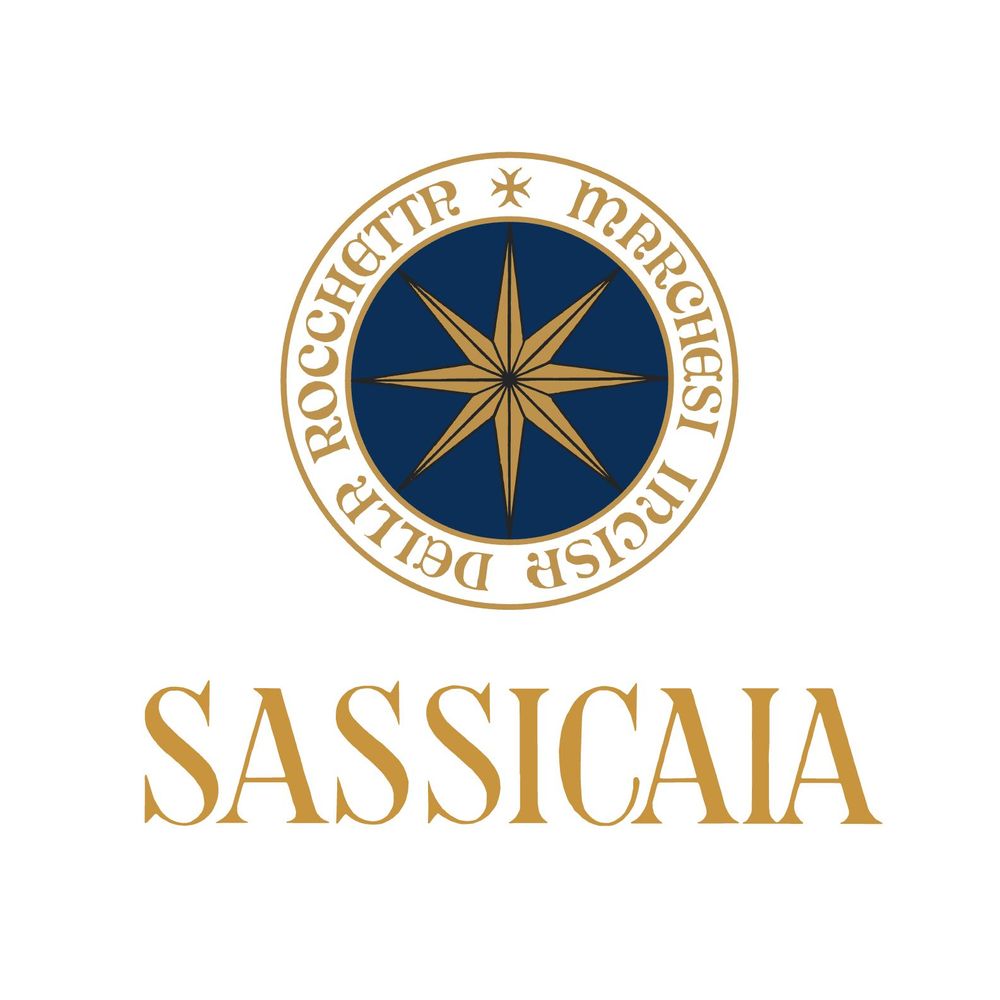Data Sheet
SASSICAIA 2017
CLASSIFICATION
Bolgheri DOC Sassicaia
FIRST VINTAGE ON THE MARKET
1968
GRAPES
Cabernet Sauvignon, Cabernet Franc

Bolgheri Sassicaia
SOIL STYLE
The soils on which the vineyards stand has varied and complex terrain features with a strong presence of limestone, feature areas rich in marl and pebbles as well as being partly clayey. The production facilities are located at an average altitude of between 80 and 400 metres above sea level, with a west/south-west exposure.
WEATHER TRENDS
2017 was rather warm, but in many respects substantially different to previous years, such as 2003 or 2012. The autumn and the first part of the winter were characterised by cold temperatures, affected by tramontana winds and average rainfall. These conditions allowed for a vegetative halt, contained the main vine pests and kept soil water reserves in balance.
The bizarre weather at the beginning of spring, with temperatures that were already well above average at the end of March, conditioned the good flowering but also the fruit set, resulting in smaller bunches and fewer grapes. The summer continued with sunny days, warm temperatures and no rain until the end of July. In mid-August, with the start of the phenolic ripening of the grapes, the arrival of a disturbance from the Atlantic, which brought rain for 2 or 3 days and caused temperatures to drop significantly, created the ideal conditions to favour the completion of the phenolic ripening of the grapes, rather than the technical ripening.
The fluctuating day and night temperatures that occurred from mid-August until the end of September favoured the development of primary and secondary aromas, and equally determined the rise in acidity that was truly indispensable to give freshness and elegance to the musts.
HARVESTING
Harvesting happening entirely by hand, began about 8 days earlier, starting on 30 August with the harvesting of the Cabernet Franc grapes and continued with the harvesting of the Cabernet Sauvignon, at first from the vines located at lower altitudes and completing in late September with those located on the high hills, about 360 metres above sea level (The Castiglioncello vineyard and Quercione vineyard) between late September and early October.
FERMENTATION
Selection of grapes using a sorting table, to eliminate impurities and any presence of millerandage. Soft and gentle pressing and destemming of the grapes, taking care not to break the integrity of the berries. Subsequent spontaneous alcoholic fermentation happened in stainless steel vats at a controlled temperature of around 28°/30°C (without any yeast inoculation). Maceration lasted for approximately 11-12 days for the Cabernet Franc and 13-14 days for the Cabernet Sauvignon. Frequent open-air pumping over and repeated délestages operations during alcoholic fermentation resulted in elegant musts with good structure and excellent aromatic components. The malolactic fermentation was then completed completely naturally in steel vats at the end of November, after which the must was introduced into wood.
AGEING
Once malolactic fermentation was complete, the wine was placed in French oak barriques, and a small part in American oak, where it was aged for a period between the 20 and 25 months. The duration of the ageing is technically decided on the basis of the seasonal trend of the vintage.